It looks like you're using an Ad Blocker.
Please white-list or disable AboveTopSecret.com in your ad-blocking tool.
Thank you.
Some features of ATS will be disabled while you continue to use an ad-blocker.
share:
As some of you are aware, I am an avid lover and collector of Art
I want to share with you some absolutely amazing and breathtaking images of snowflake crystals - these were shot using an electron microscope super-cooled to -170 degrees Celsius.
I hope you enjoy them as much as I do - nature continues to keep me in awe...................
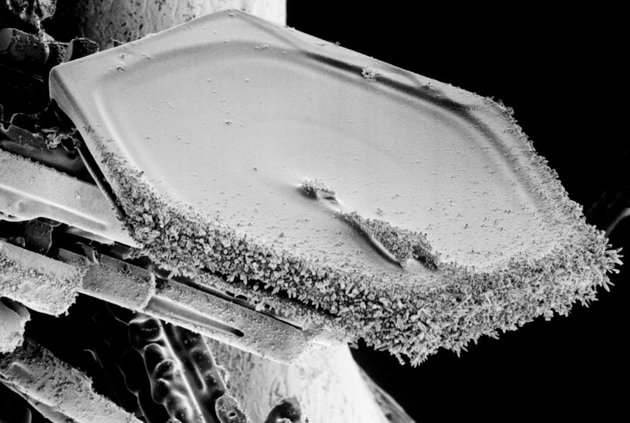
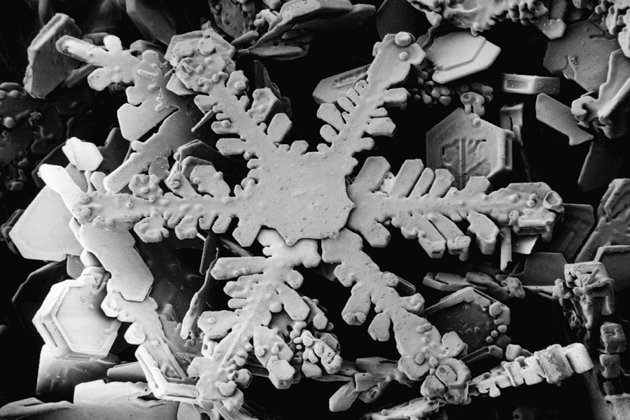
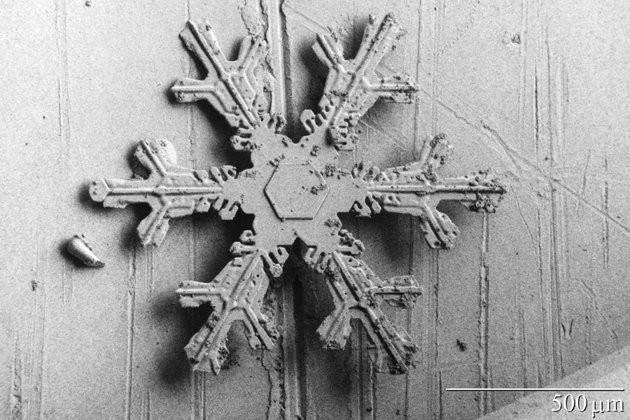
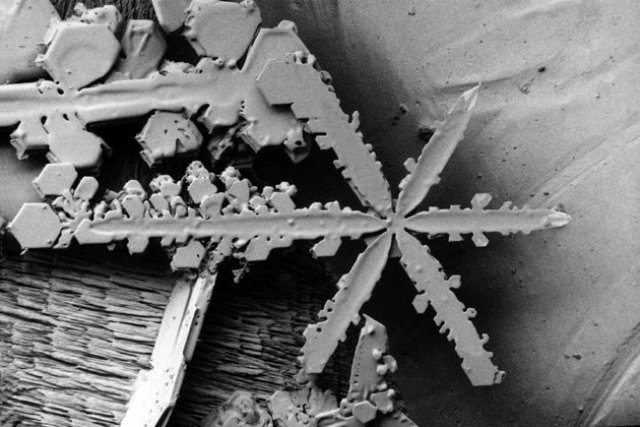
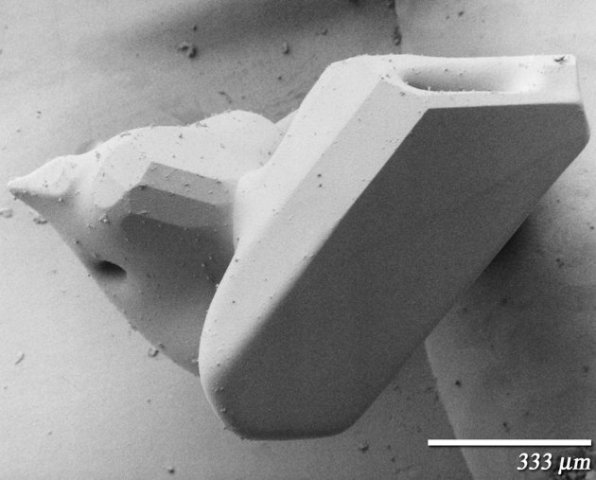
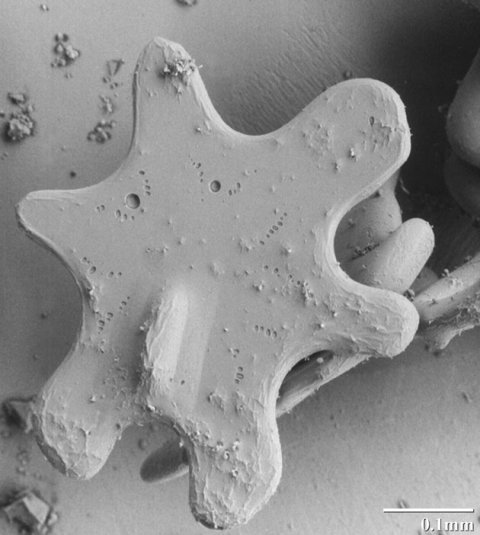
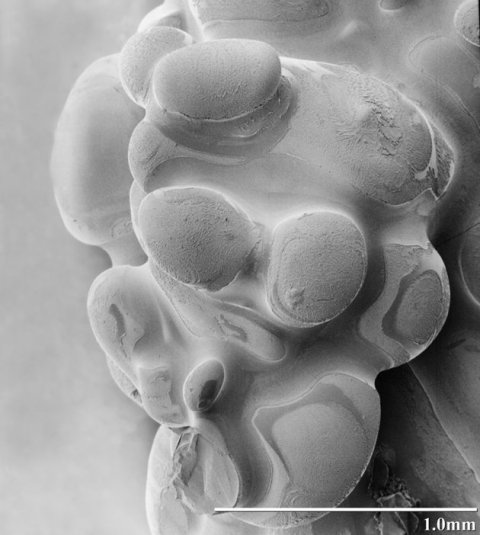
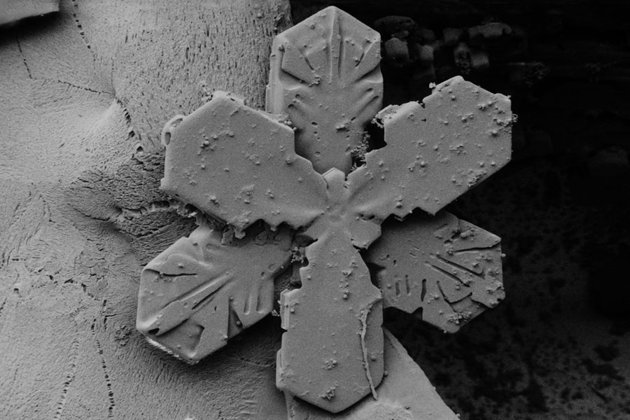
This one blows me away - looks totally artificial does it not?
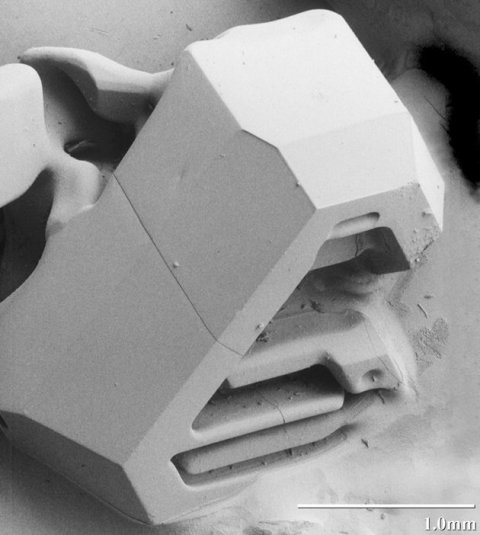
If crop circles are not 100% the handy work of Bill & Bob's plank-fest and are not done by ET's perhaps it is mother nature herself that is talking to us - after viewing these images it could be a possibility - instead of looking up maybe we should look down, imo - but I'll save that one for a rainy day
link...
I want to share with you some absolutely amazing and breathtaking images of snowflake crystals - these were shot using an electron microscope super-cooled to -170 degrees Celsius.
I hope you enjoy them as much as I do - nature continues to keep me in awe...................








This one blows me away - looks totally artificial does it not?

If crop circles are not 100% the handy work of Bill & Bob's plank-fest and are not done by ET's perhaps it is mother nature herself that is talking to us - after viewing these images it could be a possibility - instead of looking up maybe we should look down, imo - but I'll save that one for a rainy day
link...
edit on 28-8-2012 by Sublimecraft because: (no reason given)
This is awesome . Thank you for posting. I recently watched a documentary on Sacred Geometry and when I look at these snowflake patterns , they make
sense.
These look great love the geometry. A sound vibration in water frozen and captured in time
When I first looked at the pics before I read your post I thought that the actual images in the photo's were made of metal before they were filed
down.....................brilliant though...........great pics...
Nature is quite amazing isn't it? Thanks for sharing the images!
Cool OP.
Yeah, I think you hit the head on the nail with Mother Nature being able to do crazy things. That last picture had me thinking the same thing. Those are pretty straight cuts... So symmetrical.
So many things we still don't know.
Yeah, I think you hit the head on the nail with Mother Nature being able to do crazy things. That last picture had me thinking the same thing. Those are pretty straight cuts... So symmetrical.
So many things we still don't know.
i thoroughly enjoyed the images posted.
thank you for the quick tour.
thank you for the quick tour.
Originally posted by Sublimecraft
This one blows me away - looks totally artificial does it not?
That is mind-bendingly cool.
Look how absolutely razor straight those edges/angles are, and multiples of them!
Makes me want to re-invest in a microscope and start examining everything around me
edit on 28-8-2012 by HIWATT because: add
How did the 8th one get multilayer?
edit on 28-8-2012 by RealSpoke because: (no reason given)
reply to post by RealSpoke
Mate.......I'm still scratching my head at them.............I have no idea, but I need to seriously re-evaluate what I thought was naturally occurring and what wasn't!!
Mate.......I'm still scratching my head at them.............I have no idea, but I need to seriously re-evaluate what I thought was naturally occurring and what wasn't!!
It is beyond amazing the ways of nature and how mathematical and symmetrical nature can be.
The shapes and sizes, geometric shapes, some of utter perfection on something as small as a snowflake.
Just blows my mind and gives me goosebumps.
Just amazing!
The shapes and sizes, geometric shapes, some of utter perfection on something as small as a snowflake.
Just blows my mind and gives me goosebumps.
Just amazing!
reply to post by Sublimecraft
I am not looking forward to cold, ice and snow...
But those were totally awesome !!!
Thanks for sharing.
I am not looking forward to cold, ice and snow...
But those were totally awesome !!!
Thanks for sharing.
The one thing that stands out to me most is the IM-perfections of the snowflakes. They are not perfect, which a lot of common imagery would portray,
they have tons of differences from one side of the flakes to the other.
Nonetheless, they are amazing to see in such clarity and magnification. Nature truly is awe-inspiring, and these photos highlight the beauty of nature's imperfect perfection.
Thank you OP! S&F
~Namaste
Nonetheless, they are amazing to see in such clarity and magnification. Nature truly is awe-inspiring, and these photos highlight the beauty of nature's imperfect perfection.
Thank you OP! S&F
~Namaste
reply to post by SonOfTheLawOfOne
A few of these are pretty perfect but we also have to take into account human error and the fact that these are snowflakes and are well made of snow and have a melting point
Still how close they are to perfection is alone just mind blowing.
A few of these are pretty perfect but we also have to take into account human error and the fact that these are snowflakes and are well made of snow and have a melting point
Still how close they are to perfection is alone just mind blowing.
edit on 28-8-2012 by Lostmymarbles because: (no reason
given)
edit on 28-8-2012 by Lostmymarbles because: spelling grammer
Nice thread, thanks, s&f
I am very interested in art, geometry and science and snowflakes have aspects of all of these awesome things.
Here are some snow flake facts, that make them even more interesting, like they form from flaws, like around dust or pollen and the shape reflects the internal order in the water molecule...nature is AWESOME!
snow science
I am very interested in art, geometry and science and snowflakes have aspects of all of these awesome things.
Here are some snow flake facts, that make them even more interesting, like they form from flaws, like around dust or pollen and the shape reflects the internal order in the water molecule...nature is AWESOME!
snow science
Q: How are snowflakes formed? A: A snowflake begins to form when an extremely cold water droplet freezes onto a pollen or dust particle in the sky. This creates an ice crystal. As the ice crystal falls to the ground, water vapor freezes onto the primary crystal, building new crystals – the six arms of the snowflake. That’s the short answer. The more complex explanation is this: These ice crystals that make up snowflakes are symmetrical (or patterned) because they reflect the internal order of the crystal’s water molecules as they arrange themselves in predetermined spaces (known as “crystallization”) to form a six-sided snowflake.
Ultimately, it is the temperature at which a crystal forms — and to a lesser extent the humidity of the air — that determines the basic shape of the ice crystal. Thus, we see long needle-like crystals at 23 degrees F and very flat plate-like crystals at 5 degrees F. The intricate shape of a single arm of the snowflake is determined by the atmospheric conditions experienced by entire ice crystal as it falls. A crystal might begin to grow arms in one manner, and then minutes or even seconds later, slight changes in the surrounding temperature or humidity causes the crystal to grow in another way. Although the six-sided shape is always maintained, the ice crystal (and its six arms) may branch off in new directions. Because each arm experiences the same atmospheric conditions, the arms look identical.
edit on 28-8-2012 by theabsolutetruth because: (no reason given)
Truly amazing! Thanks op!
A few more pix here www.abovetopsecret.com...
and here www.akirathedon.com...
A few more pix here www.abovetopsecret.com...
edit on 28-8-2012 by Shakawkaw because: just cuz
and here www.akirathedon.com...
edit on 28-8-2012 by Shakawkaw because: just cuz
thanks for sharing she is wonderful isnt she
Mother Nature I mean star for you OP
Mother Nature I mean star for you OP
new topics
-
Biden's "Reckless" Decision To Escalate Russia-Ukraine War
Mainstream News: 3 minutes ago -
Inca stone masonry at Sacsayhuaman, Ollantaytambo and the Sun Temple
Ancient & Lost Civilizations: 7 hours ago
top topics
-
President-Elect TRUMP Picks Former Florida A.G. PAM BONDI to be U.S. Attorney General.
2024 Elections: 12 hours ago, 13 flags -
Putin will warn civilians in targeted areas
World War Three: 14 hours ago, 11 flags -
The Popular Vote does not matter
Political Issues: 15 hours ago, 8 flags -
A Mysterious Orb filmed over NYC by local news
Aliens and UFOs: 13 hours ago, 7 flags -
Inca stone masonry at Sacsayhuaman, Ollantaytambo and the Sun Temple
Ancient & Lost Civilizations: 7 hours ago, 3 flags -
Biden's "Reckless" Decision To Escalate Russia-Ukraine War
Mainstream News: 3 minutes ago, 0 flags
active topics
-
President-Elect TRUMP Picks Former Florida A.G. PAM BONDI to be U.S. Attorney General.
2024 Elections • 28 • : Dandandat3 -
All Talk No Walk Celebrities Blowing Smoke
US Political Madness • 59 • : SideEyeEverything1 -
Biden's "Reckless" Decision To Escalate Russia-Ukraine War
Mainstream News • 0 • : PrivateAngel -
A Mysterious Orb filmed over NYC by local news
Aliens and UFOs • 11 • : McGinty -
Well we know Putins ICBMs won't fail in their silos
World War Three • 128 • : Oldcarpy2 -
The Popular Vote does not matter
Political Issues • 13 • : YourFaceAgain -
President-Elect DONALD TRUMP's 2nd-Term Administration Takes Shape.
Political Ideology • 228 • : YourFaceAgain -
Democrat county officials openly declare intention to commit ballot fraud in PA
2024 Elections • 24 • : YourFaceAgain -
The Reactionary Conspiracy 6. Modus Operandi II
General Conspiracies • 136 • : MarxistDebunker2 -
Inca stone masonry at Sacsayhuaman, Ollantaytambo and the Sun Temple
Ancient & Lost Civilizations • 2 • : AdmireTheDistance

